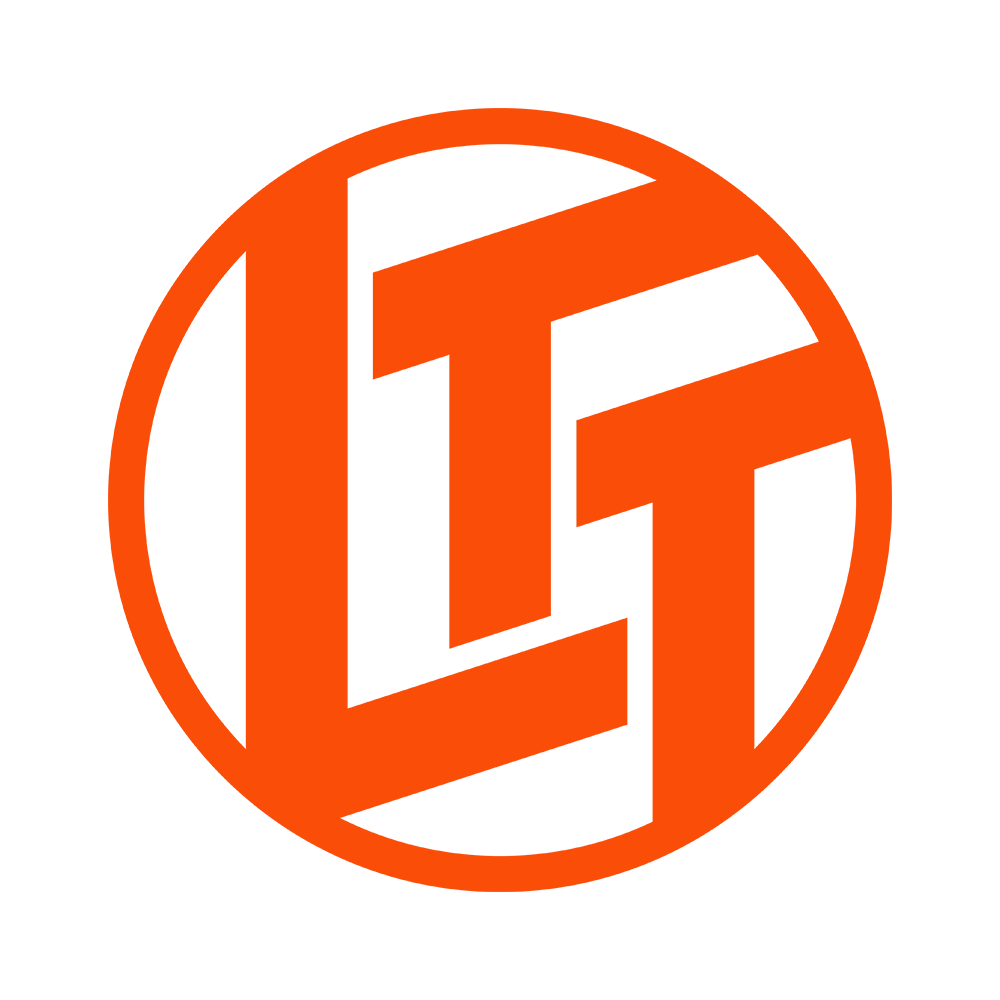

There’s a few ways to do this. Which one is “best” for you depends on how technical you expect your audience to be.
The easiest way for you is probably to just tell your users that you use some or another library and that they need to have it installed.
The easiest way for your users is to copy/paste the parts of the library that you use into your code. The threads library you linked is CC0 so you can do that. This also futureproofs your design against changes that break this library and against this library becoming unavailable. (Normally copy/pasting from libraries is discouraged as this futureproofs designs against improvements in the library as well, but IMHO certain OpenSCAD libraries should be considered an exception to this rule. If a library renders the shapes that you want fast enough to make improvements irrelevant, there’s no need to keep the library external.)



I’ve been there.
Waterloo occasionally hosts invitationals which take place over a weekend, with a series of five or six missions back-to-back on the first day with more relaxed player-organized minigames on the day after. If you imagine a full week of HvZ compressed into one day, cutting out the between-classes play and leaving the most intense parts i.e. the missions, then this is pretty much that. Waterloo campus is a tightly integrated network buildings connected through tunnels and skyways. There’s always more than one way to get where you’re going, and there’s a lot more tight corners and shorter sightlines than on a typical campus. All of this adds up to make running away far more viable as a survival strategy for humans than on other campuses; the locals know this well and know the best escape routes. Personally, I prefer to fight but I’m OK with a running fight; I like to keep other humans alive by keeping zombie headbands down. I made this triple flywheeler integration primarily for that purpose and was lugging it around for most of the day. As an invitational attracts more serious and better-armed players, the moderators decided to compensate by implementing a short stun timer: five minutes, later reduced to four. For a full day of missions, this is pretty brutal.
The ultimate upshot of this is that both the humans and the zombies did a lot of running for the whole day. It was great, but by the end of it, I had a hard time going down stairs. (Surprisingly, it was going down stairs that was the most difficult. Climbing up stairs was easier.) I now have a better idea of what it is like for creaky old people, and I have Waterloo HvZ to thank for that.